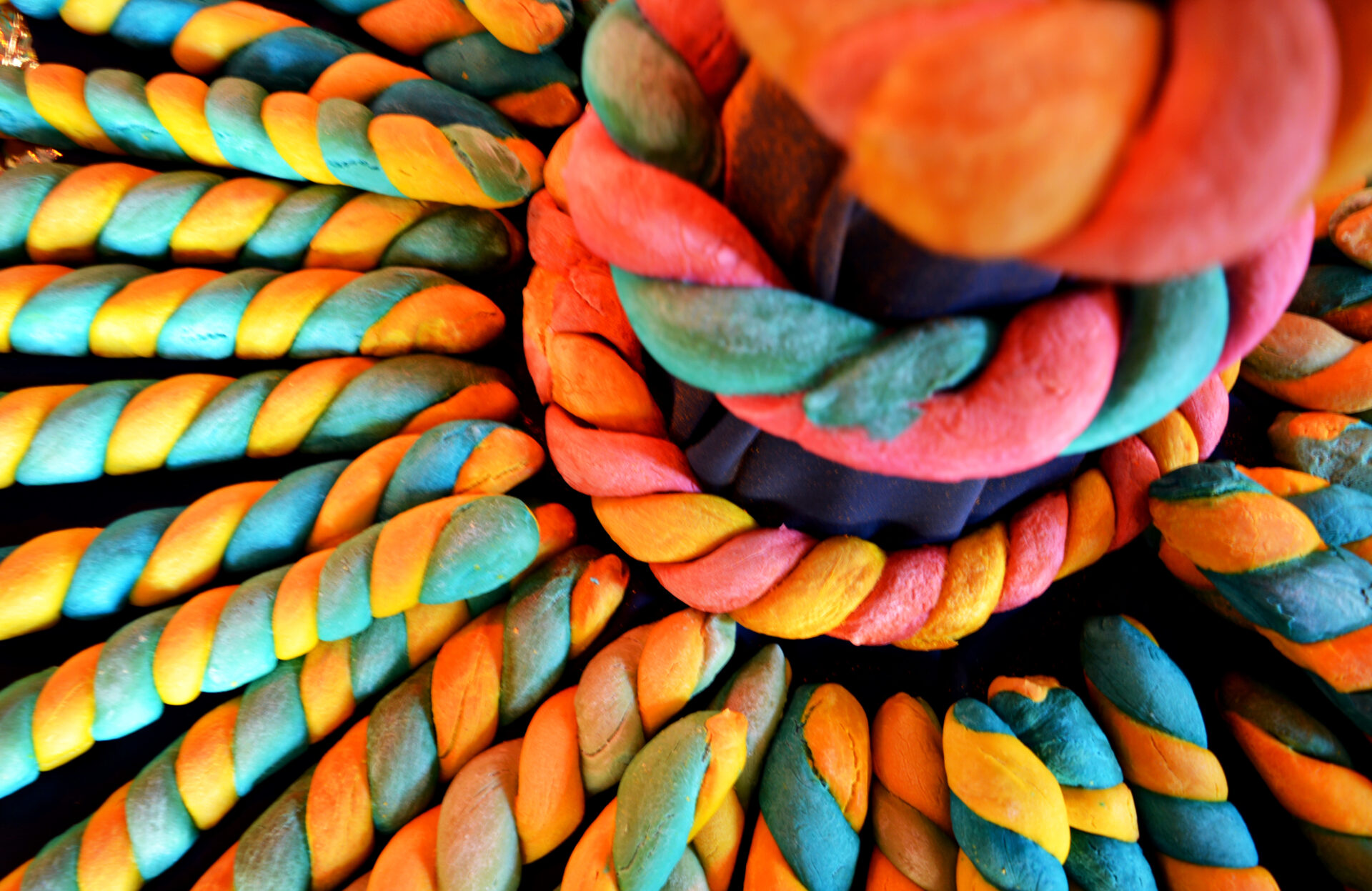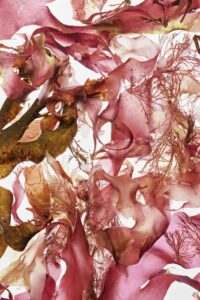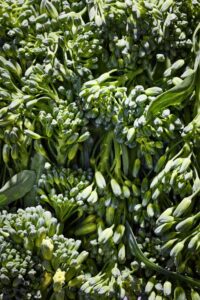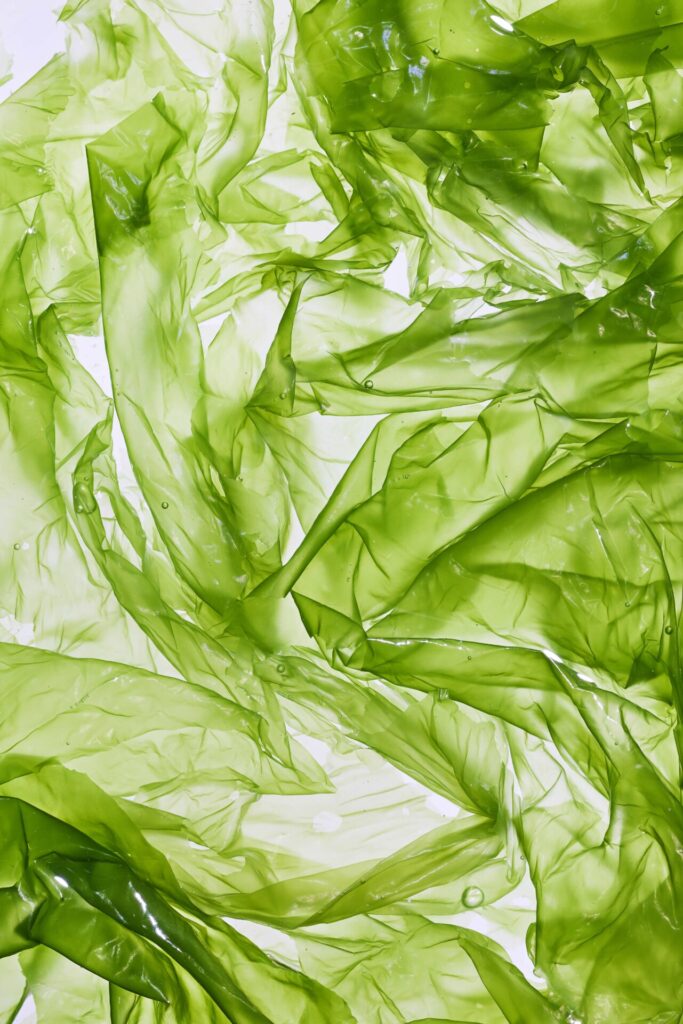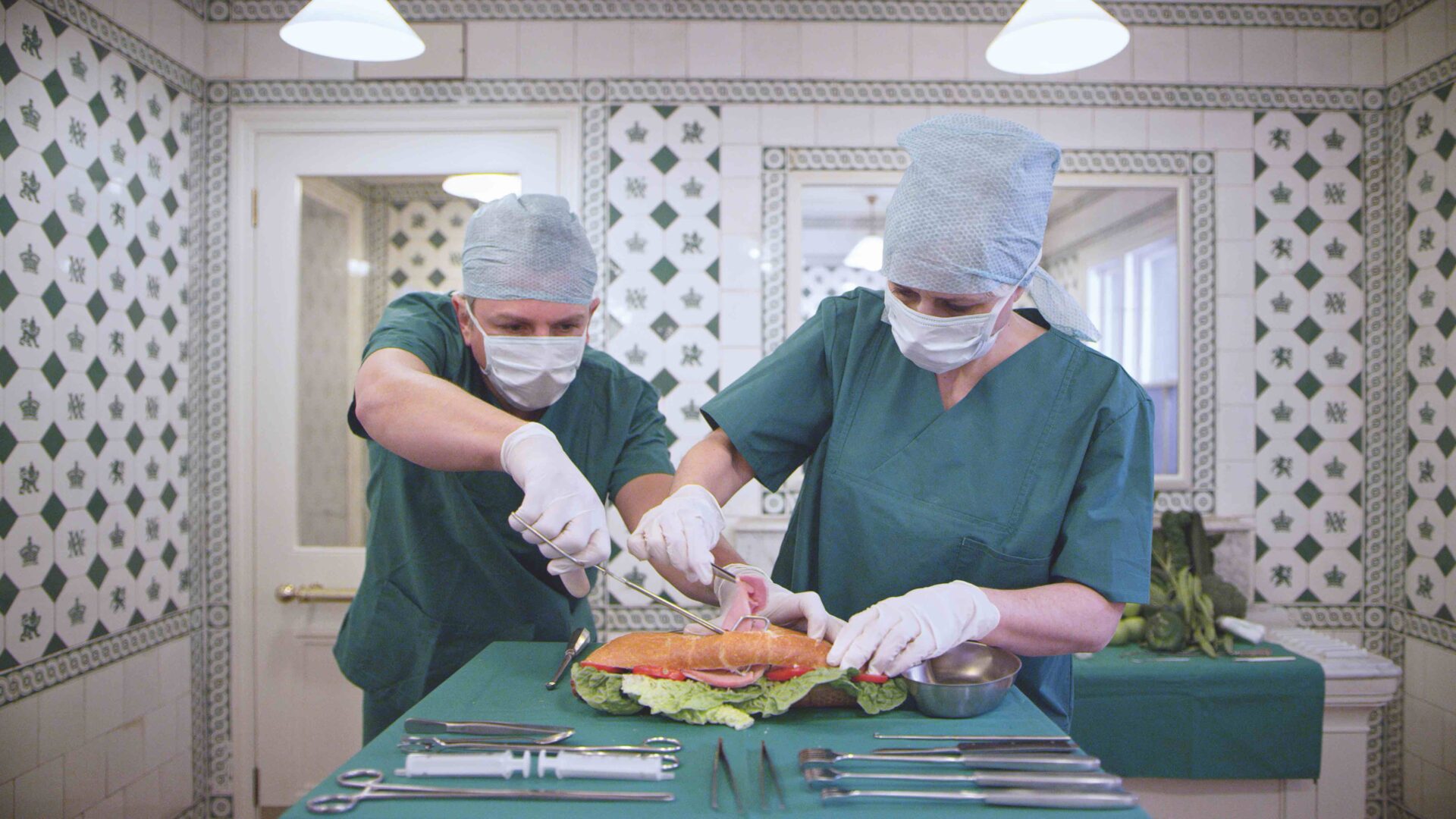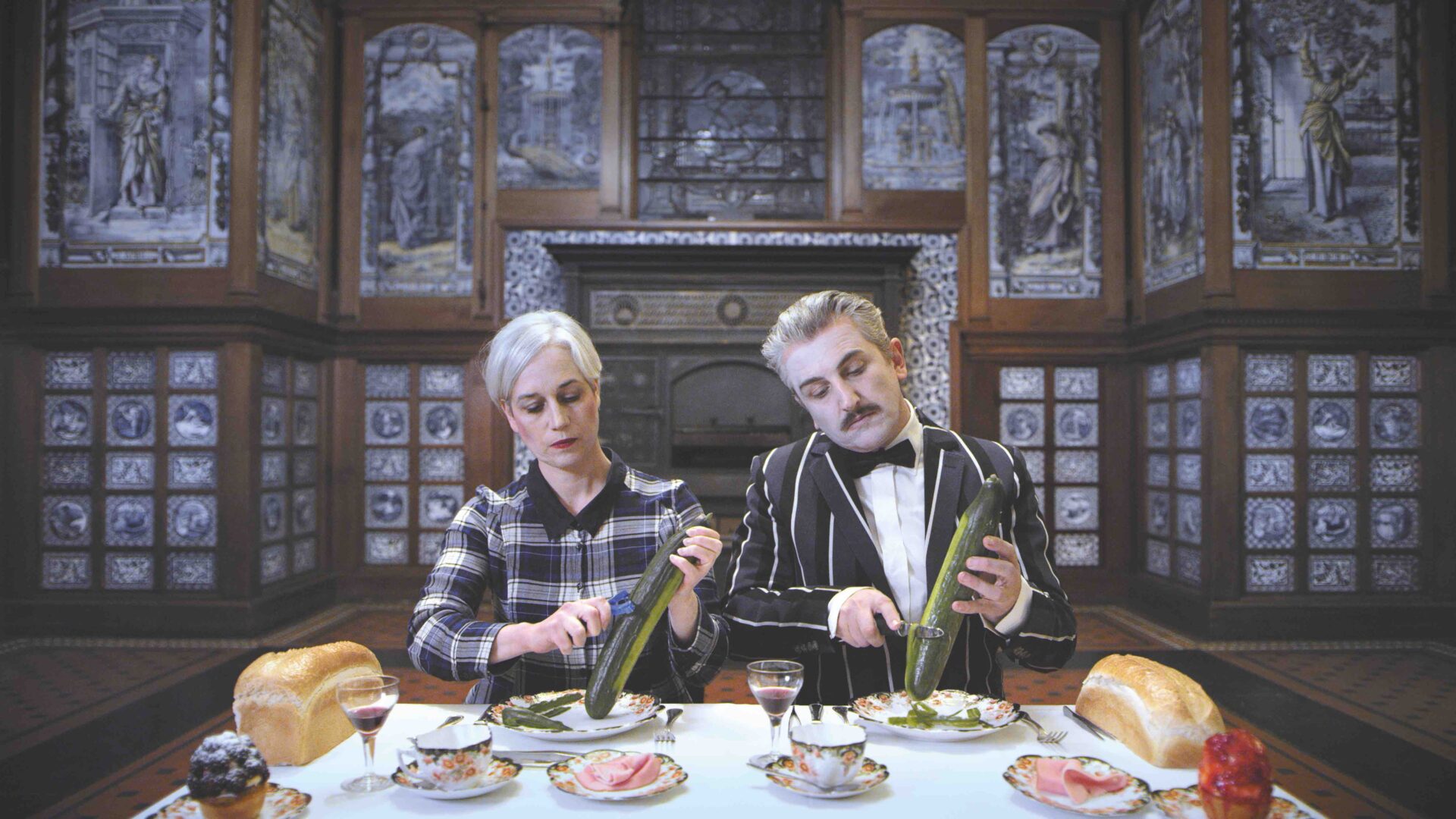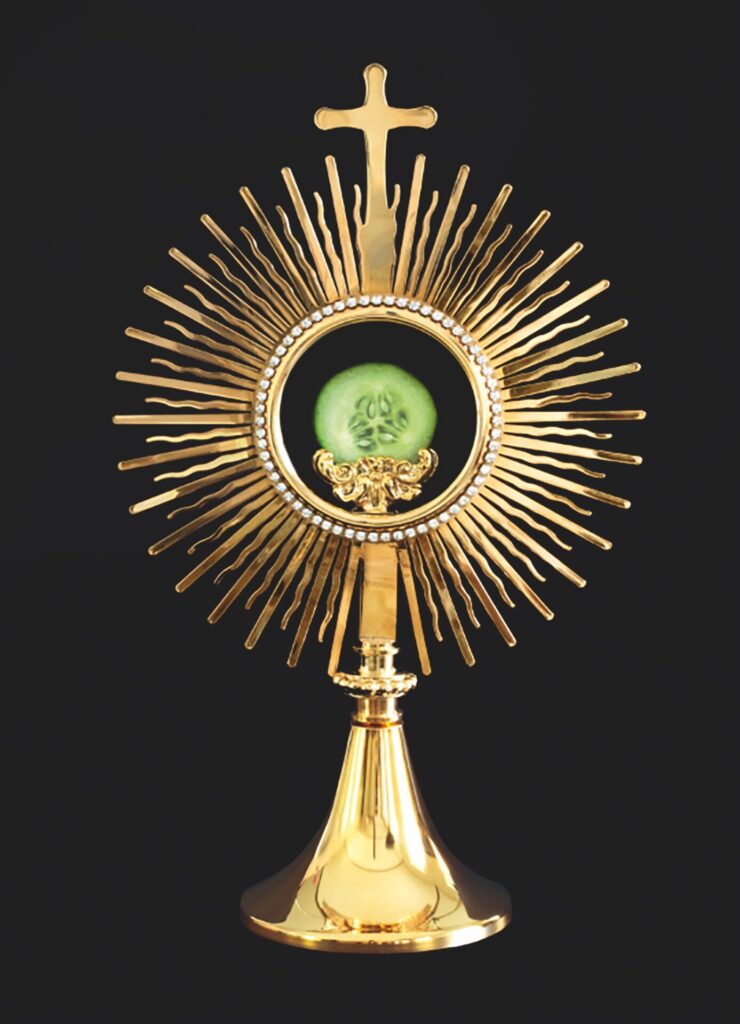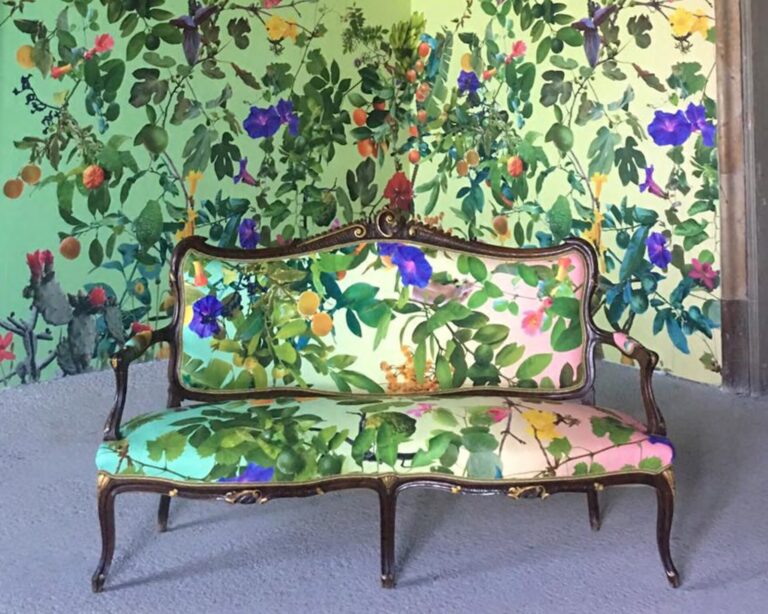Artists and collectives exhibited
Honey & bunny
honey & bunny is a transdisciplinary studio collective. Founded in 2003 by the architects Dr. Sonja Stummerer and Martin Hablesreiter, honey & bunny’s work is situated at the intersection of research and design. Science and art are united by a thirst for knowledge and the urge to make change. We wish to identify problems, to single them out and to address them. To do so, we work at the interface between various art forms and the intersection of theory, science and public participation. Research and performance are central to our processes of both understanding and acting. We realize our interpretations in many formats, such as performatively, publicly, digitally, while always remaining as political as possible.
www.honeyandbunny.com
Fallen Fruit
Fallen Fruit is an art project that began in Los Angeles by creating maps of public fruit: the fruit trees growing on or over public property. The work of Fallen Fruit includes photographic portraits, experimental documentary videos, and site-specific installation artworks. Using fruit (and public spaces and public archives) as a material for interrogating the familiar, Fallen Fruit investigates interstitial urban spaces, bodies of knowledge, and new forms of citizenship. From protests to proposals for utopian shared spaces, Fallen Fruit’s work aims to reconfigure the relationship of sharing and explore understandings of what is considered both — public and private. From their work, the artists have learned that “fruit” is symbolic and that it can be many things; it’s a subject and an object at the same time it is aesthetic. Much of the work they create is linked to ideas of place and generational knowledge, and it echoes a sense of connectedness with something very primal – our capacity to share the world with others. Fallen Fruit is an art collaboration originally conceived in 2004 by David Burns, Matias Viegener and Austin Young. Since 2013, David and Austin have continued the collaborative work.
fallenfruit.org
endlessorchard.com
FoodCultura
FoodCultura is a non-profit, cultural, interdisciplinary and unique organization in its field. It is an open structure or platform from which to present and rethink the “FoodCultura” concept, not only from the perspective of food or nutrition, but also from artistic practice and anthropological research.
FoodCultura is a project in process that the Catalan artist Antoni Miralda.
FoodCultura
Stomakdigital
Natalia Carminati
Artist whose work focuses on the development of multimedia projects that explore the nature of perception and the way we decode our environment. She is interested in investigating how the mechanisms of invisibility, privatization and deterritorialization operate and configure reality, generating notions of “the normal”. Her work is concerned with identifying these physical and mental spaces of normalization that instruct and anesthetize our perception. Thus, her research explores concepts as diverse and related as decolonization and sustainability, as well as the social structure of time and all forms of reality where power and social and cultural control nest.
nataliacarminati.com
Mary Mattingly
Artist who bases his production on themes of ecology and co-learning. In 2021, he facilitated the creation of a temporary educational center for estuarine plants on the Thames River in the United Kingdom that focused on the Nipa Palm, a plant that proliferated there when atmospheric CO2 was 1000 ppm. In 2013 he grouped personal objects together to create large-scale sculptures used for performances related to the concept of consumption, documenting the content and focusing on the complex military industrial supply chain of cobalt.
marymattingly.com
swalenyc.org
Gayle Chong Kwan
Dr Gayle Chong Kwan is British (Scottish and Chinese-Mauritian) artist and academic whose photographic works, immersive installations and collective sensory events are exhibited internationally in galleries and in the public realm. At the core of her practice is an expanded and embodied notion of the visual through which she explores the politics of food, travel, trade, and consumption though an engagement with interiority and collaboration. She uses techniques of collage to create mise-en-scene landscapes, sensory experiences, and sculptural pieces worn on the body, which draw upon archives and collections or which develop working with groups and communities. Gayle Chong Kwan has PhD in Fine Art from the Royal College of Art on ‘Imaginal Travel: political and ecological positioning as fine art practice’. She won the Sustainable Art Prize in 2019.
gaylechongkwan.com
Daan Roosegaarde
Creative thinker and maker of social designs which explore the relation between people, technology and space. Roosegaarde has been driven by nature’s gifts such as light-emitting fireflies and jellyfishes since an early age. His fascination for nature and technology is reflected in his iconic designs such as Smart Highway (roads which charge from sunlight and glow at night), Waterlicht (a virtual flood) and Urban Sun (cleans public spaces of coronavirus to bring well-being).
He founded Studio Roosegaarde in 2007, where he works with his team of designers and engineers towards a better future. Together they develop ‘Landscapes of the Future’ and build smart sustainable prototypes for the cities of tomorrow.
Roosegaarde is a Young Global Leader at the World Economic Forum, named Artist of the Year 2016 in The Netherlands, and visiting professor at Tongji University Shanghai, OCAD University Toronto and Monterrey University in Mexico.
studioroosegaarde.net
Grace Gloria Denis
Grace Gloria Denis’ work converges agricultural research with interactive installation, incorporating edible material, sound, and image to propose a convivial and comestible approach to critical inquiry. Implementing the meal as both a medium and a pedagogical tool, her work refers to participatory action research models, engaging in collaborations with actors in local food systems. Her work considers the meal, or quotidien interaction with edible matter, as a poetic tool of transmission, inviting a reimagination of sensorial relationships to consumption practices. She received her BFA from Cal Arts and her MFA from TRANS at Haute école d’art et de design de Genève (HEAD), with a focus on critical pedagogy and socially engaged practice. Her work has been exhibited in Mexico, the United States, France, Switzerland, Spain, Germany, Greece, and Morocco. Grace has taught and developed non-profit arts education programs for various institutions and recently published the book In, From, and With: Exploring Collaborative Survival. The book presents a collectively constructed lexicon by a constellation of contributors, proposing an array of embodied pedagogies, from walking to fermenting, including edible and non-edible recipes and a foreword by Anna Tsing.
gracegloriadenis.com
Biomaterials Laboratory of Valdivia – LABVA
The Biomaterials Laboratory of Valdivia (Chile) initiative emerges as an independent, self organized and citizen Biomaterials laboratory. Through the divulgation of biomaterial investigation and experimentation that arises from transdisciplinarity, LABVA’s main vocation is to question the materialities that surround us and the culture associated to them through a Biodiversity Driven Design approach. We create new biomaterials by developing kitchen recipes (CIY) or growing them (GIY) on substrate derived from agroindustrial waste.
Our main goal is to generate a biomaterial palette that is heterogeneous, diverse and with designation of origin from natural polymers that are artisanally extracted and abundantly present -both natural or derived from anthropic waste- in our territory.
labva.org
Carolien Niebling
Carolien Niebling (b. 1984, Maastricht, the Netherlands) lives and works in Zurich, Switzerland. She is a designer and researcher who specializes in food-related projects. Carolien’s work uses design to unite the fields of science and food. She received a master’s degree in product design from École Cantonale d’Art de Lausanne (ECAL) in 2014 and was asked to stay on as assistant teacher. Her research resulted in the book The Sausage of the Future, released by Lars Müller Publishers in 2017. Carolien has won the Design Parade Hyères Grand Prix at Villa Noailles (2017), the Hublot Design Prize (2017) and the Design Prize Switzerland (2019). Carolien has worked with clients such as ECAL, TEDxGeneva, IKEA, Nestlé, Swissnex, ZHDK, Design Indaba, Semi-Permanent, V&A, SaloneSatellite, Lars Müller Publishers, Louis Vuitton amongst others.
carolienniebling.net/
Futurefarmers
Futurefarmers is a group of diverse practitioners aligned through an interest in making work that is relevant to the time and place surrounding us. Founded in 1995, a design studio serves as a platform to support art projects and an artist in residence program. We are artists, designers, architects, anthropologists, writers, computer programmers and farmers with a common interest in creating frameworks for exchange that catalyze moments of “not knowing”.
futurefarmers.com/
flatbreadsociety.net/















